Many people describe this phenomenon as “nothing on the plate but everything on the bill,” yet most fine dining enthusiasts hardly complain about it.
If we’ve ever watched films featuring scenes of characters dining in upscale restaurants (like Ratatouille, for example), we’ve likely noticed that almost every dish consists of a tiny portion sitting “lonely” on a large plate. Even when a portion is larger, it is usually divided into small pieces arranged on the plate, rather than piled high in a bountiful and “abundant” manner like in regular restaurants.
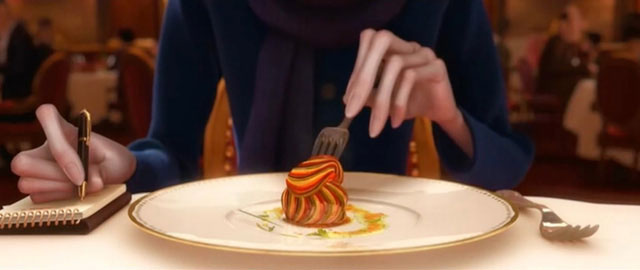
The upscale version of ratatouille.
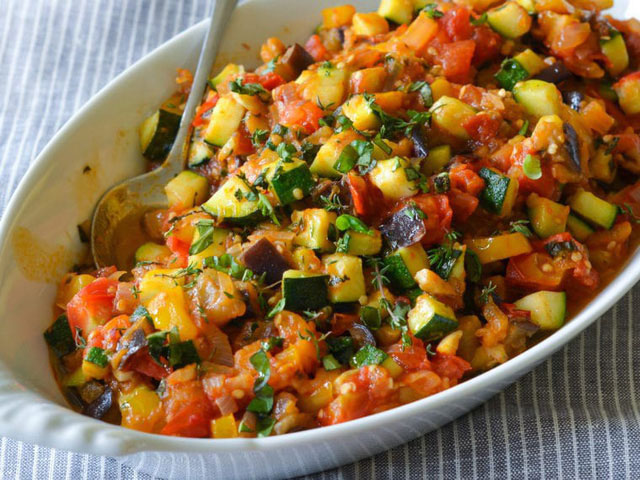
And the “common” version of ratatouille.
For food enthusiasts, this is quite perplexing; however, it is a common style in fine dining establishments, much like the expectation to dress elegantly when dining in such places. There isn’t much official explanation from restaurants regarding the origin of this trend, but some frequent diners have considered the following reasons:
Price and Rarity of Ingredients
Small portions are due to the high cost of ingredients in upscale restaurants. To maintain their image, most fine dining restaurants source ingredients from the most “luxurious” suppliers. Dishes like caviar, truffles, and prime marbled beef are always exorbitantly priced. However, for the majority, this explanation feels “half-baked” because not every dish utilizes such expensive ingredients. There are “common” dishes made from vegetables like ratatouille or pumpkin soup, where the main ingredients, no matter how costly, cannot justify such tiny servings.
Small is “Elegant” and “Charming”
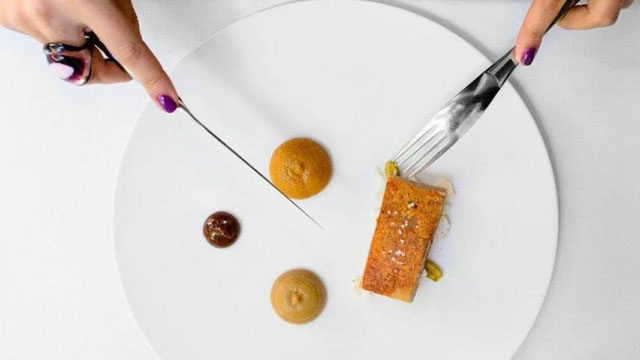
No one goes to fine dining restaurants every day just for lunch or dinner.
No one visits fine dining restaurants to fill up; this is an unspoken understanding among fine dining aficionados. People don’t dine at these establishments daily just for lunch or dinner (unless you’re exceedingly wealthy, but that’s another matter). They only dine at such restaurants for special occasions like romantic dinners, anniversaries, or business meetings. In the eyes of many, a heaping plate of food lacks the elegance and charm suited for such occasions, and it also eliminates the possibility of leaving uneaten food, creating a “messy” appearance on the table. It’s evident that there is almost never leftover food on the plates in fine dining restaurants (due to the small portions), which many believe contributes to a tidier and cleaner ambiance.
Design and Aesthetics
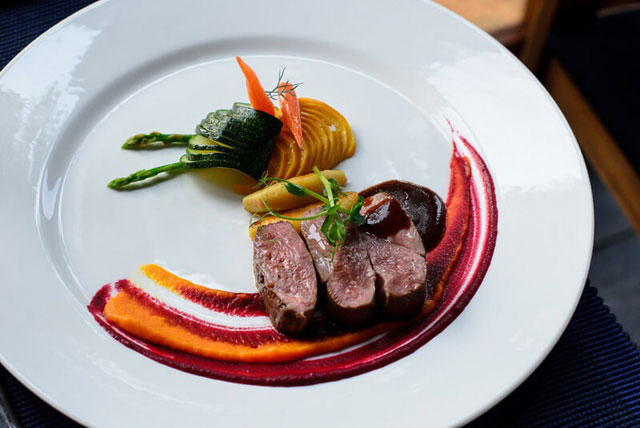
Most tableware in fine dining restaurants is pure white with minimal patterns.
The truth is, you cannot paint on a canvas already filled with colors. This is similar to how chefs cannot decorate a plate overflowing with food. Fine dining restaurants must always leave some empty space on the plate for garnishing with herbs or sauces. Furthermore, if you pay close attention, you’ll notice that most tableware in fine dining establishments is pure white with very few patterns. This is also for aesthetic reasons.
Style
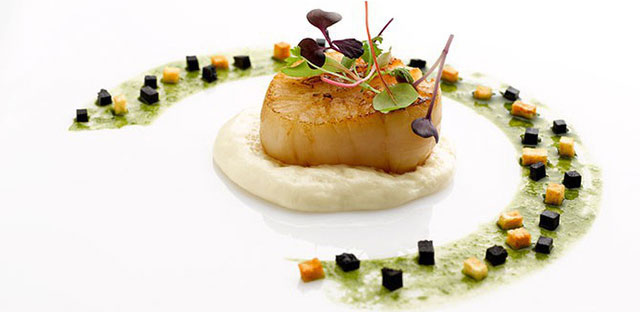
When we see small portions on large plates, we immediately think of fine dining.
Many say this practice doesn’t hold much practical significance but is largely a way for fine dining restaurants to differentiate themselves from regular establishments, serving as a method to build their identity and brand. It can be said that this approach has been effective because when we see small portions on large plates, we immediately associate it with fine dining, while fuller plates evoke images of fast food chains or casual dining restaurants.
Rarity Equals Value
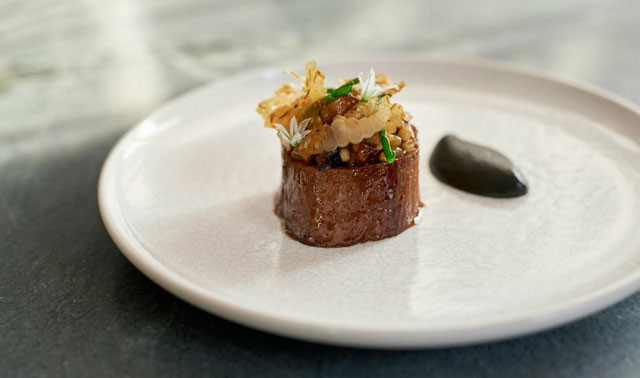
Human psychology is often attracted to rare items.
Human psychology is often drawn to rarity. Usually, if a dish is commonly found everywhere, we tend not to value it, but if it’s rare, it suddenly becomes highly prized. Fine dining restaurants leverage this psychology to make their dishes appear more appealing.
Preventing Monotony
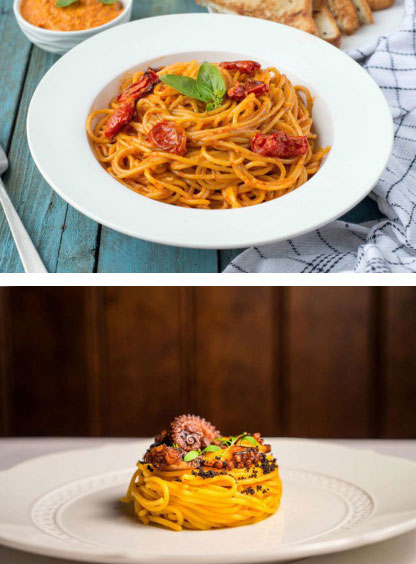
Spaghetti at a fine dining restaurant feels more enticing due to the smaller portion.
Sensation of Overindulgence is the enemy of many chefs worldwide. The fact is, no matter how delicious a dish is, if you eat too much and exceed a certain threshold, it becomes familiar and even tiresome. Moreover, fine dining establishments cater to food critics, who only provide reviews at the end of each meal, and if they become overindulged, it poses a significant disadvantage. Therefore, before our taste buds become accustomed to the dish and perceive it as “ordinary”, it’s already gone. This is also a “strategy” employed by restaurants, leaving diners with a lingering impression of “craving” due to not having enough.
Investing in Experience
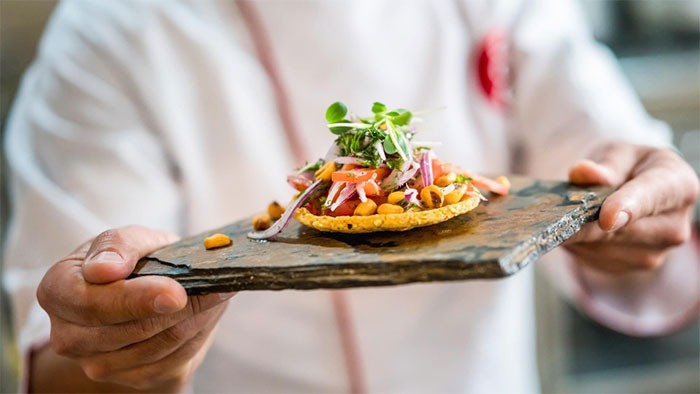
Expensive restaurants emphasize the dining experience of their guests.
Expensive restaurants emphasize the dining experience of their guests. At the same time, customers visiting these establishments seek unique flavors and experiences rather than just a full stomach. With smaller portion sizes, they can sample a variety of dishes and appreciate the fresh, delicate flavors of each item.
Each Dish Contains Expensive Ingredients
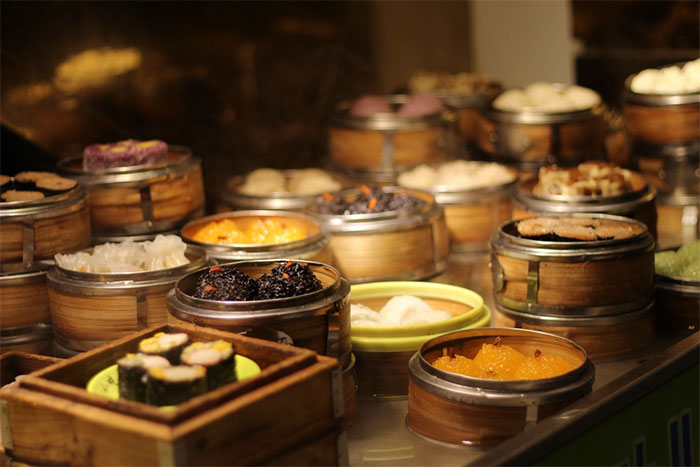
Luxury restaurants often import ingredients, which affects menu prices.
Dishes featuring carefully selected and refined ingredients are common in high-end restaurants. For example, half a kilogram of Wagyu beef can cost around $200, while caviar can be priced at approximately $10,000 per kilogram. A dish that includes both of these types of food along with Italian truffles (about $7,500 per kilogram) is sure to be very expensive. Additionally, luxury restaurants typically import their ingredients, which increases costs and affects menu pricing. To keep prices from being excessively high, they serve smaller portions.





















































